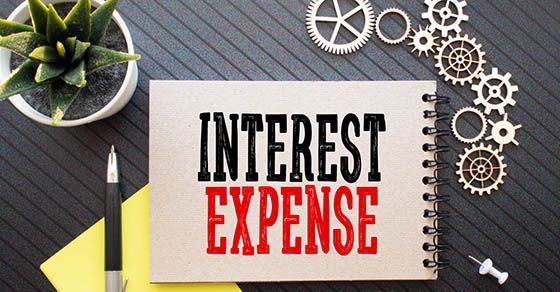No tax on car loan interest under the new law? Not exactly
Under current federal income tax rules, so-called personal interest expense generally can’t be deducted. One big exception is qualified residence interest or home mortgage interest, which can be deducted, subject to some limitations, if you itemize deductions on your tax return.
The One Big Beautiful Bill Act (OBBBA) adds another exception for eligible car loan interest. In tax law language, the new deduction is called qualified passenger vehicle loan interest. Are you eligible? Here are the rules.
“No tax” isn’t an accurate description
If you could deduct all your car loan interest, you’d be paying it with pre-tax dollars rather than with post-tax dollars — meaning after you paid your federal income tax bill. The new deduction has been called “no tax on car loan interest,” but that’s not really accurate. Here’s a more precise explanation.
The OBBBA allows eligible individuals — including those who don’t itemize — a temporary new deduction for some or all of the interest paid on some loans. The loans must be taken out to purchase a qualifying passenger vehicle.
Specifically, for 2025 through 2028, up to $10,000 of car loan interest can potentially be deducted each year. The loan must be taken out after 2024 and must be a first lien secured by the vehicle, which is used for personal purposes. Leased vehicles don’t qualify. So far, this may sound good, but not all buyers will qualify for the new deduction because of the limitations and restrictions summarized below.
Income-based phaseout rule
The deduction is phased out starting at $100,000 of modified adjusted gross income (MAGI) or $200,000 for married joint-filing couples. If your MAGI is above the applicable threshold, the amount that you can deduct (subject to the $10,000 limit) is reduced by $200 for each $1,000 of excess MAGI. So, for an unmarried individual, the deduction is completely phased out when MAGI reaches $150,000. For married joint filers, the deduction is completely phased out when MAGI reaches $250,000.
Qualifying vehicles
To qualify for the new deduction, the vehicle must be a car, minivan, van, SUV, pickup truck or motorcycle with a gross vehicle weight rating under 14,000 pounds. It must be manufactured primarily for use on public streets, roads and highways, and it must be new (meaning the original use begins with you). The “final assembly” of the vehicle must occur in the United States. You must report the vehicle identification number (VIN) on your tax return. Vehicles assembled in America have a special number in the VIN to signify that.
Meeting the requirements
In the law, the definition of final assembly is convoluted. The law states: “Final assembly means the process by which a manufacturer produces a vehicle at, or through the use of, a plant, factory, or other place from which the vehicle is delivered to a dealer with all component parts necessary for the mechanical operation of the vehicle included with the vehicle, whether or not the component parts are permanently installed in or on the vehicle.”
Another requirement is that your car loan lender must file an information return with the IRS that shows the amount of interest paid during the year on your qualified car loan.
Refinanced loans
If an original qualified car loan is refinanced, the new loan will be a qualified loan as long as: 1) the new loan is secured by a first lien on the eligible vehicle and 2) the initial balance of the new loan doesn’t exceed the ending balance of the original loan.
Ineligible loans
Interest on the following types of loans doesn’t qualify for the new deduction:
- Loans to finance fleet sales,
- Loans to buy a vehicle not used for personal purposes,
- Loans to buy a vehicle with a salvage title or a vehicle intended to be used for scrap or parts,
- Loans from certain related parties, and
- Any lease financing.
Conclusion
According to various reports, most American car buyers rely on loans to finance their purchases. So, the ability to deduct car loan interest is something that many taxpayers would be happy about. That said, many buyers won’t qualify for the new deduction. It’s off limits for high-income purchasers, used vehicle buyers and those who buy foreign imports. Contact us with any questions.
© 2025










